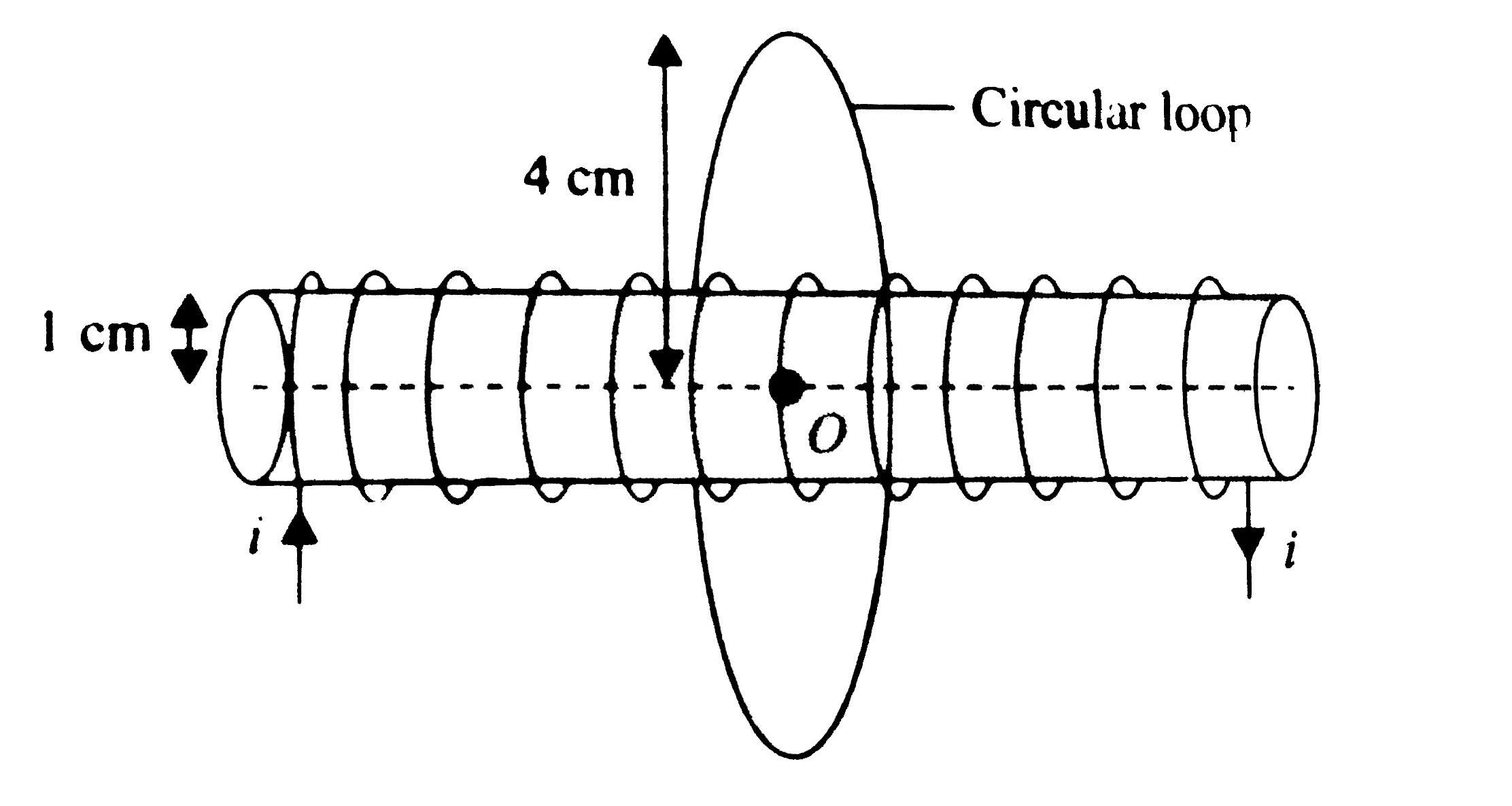दिखाइए कि रेखाएँ
तथा समतलीय हैं | इन रेखाओं को आविष्ट करने वाले समतल का समीकरण भी ज्ञात कीजिए |
The correct Answer is:
Step by step video, text & image solution for दिखाइए कि रेखाएँ vecr=(2hatj-3hatk)+t(hati+2hatj+3hatk) तथा vecr =(2hati+6hatj+3hatk)+s(2hati+3hatj+4hatk) समतलीय हैं | इन रेखाओं को आविष्ट करने वाले समतल का समीकरण भी ज्ञात कीजिए | by Maths experts to help you in doubts & scoring excellent marks in Class 12 exams.
Updated on:21/07/2023Topper's Solved these Questions
- त्रिविमीय ज्यामिति BOOK - UP BOARD PREVIOUS YEARCHAPTER - त्रिविमीय ज्यामिति EXERCISE - प्रश्न
24 Videos
- त्रिविमीय ज्यामिति BOOK - UP BOARD PREVIOUS YEARCHAPTER - त्रिविमीय ज्यामिति EXERCISE - लघु उत्तरीय प्रश्नोत्तर
17 Videos
- त्रि-विमीय ज्यामिति BOOK - UP BOARD PREVIOUS YEARCHAPTER - त्रि-विमीय ज्यामिति EXERCISE - दीर्घ उत्तरीय प्रश्न
18 Videos
- निश्चित समाकलन BOOK - UP BOARD PREVIOUS YEARCHAPTER - निश्चित समाकलन EXERCISE - दीर्घ उत्तरीय प्रश्न
30 Videos
Similar Questions
एक रेखा X,Y तथा Z- अक्षों के साथ क्रमशः 90∘,135∘,45∘ का कोण बनाती है तो उस रेखा की दिक् -कोज्या ज्ञात कीजिए |
View Solutionबिन्दु (1,2,3) से रेखा x−63=y−72=z−7−2 पर डाले गए लम्ब का पाद ज्ञात कीजिए | बिन्दु से रेखा पर डाले गए लम्ब की लम्बाई तथा समीकरण भी ज्ञात कीजिए |
View Solutionदिखाइए की रेखाएं →r=(ˆi+2ˆj+3ˆk)+λ(2ˆi+3ˆj+4ˆk) तथा →r=(2ˆi+3ˆj+4ˆk)+μ(3ˆi+4ˆj+5ˆk) समतलीय है
(अथवा)
दिखाइए की रेखाएं →r=(ˆi+2ˆj+3ˆk)+λ1(2ˆi+3ˆj+4ˆk) तथा →r=(2ˆi+3ˆj+4ˆk)+λ2(3ˆi+4ˆj+5ˆk) एक-दुसरो को प्रतिच्छेद करती है !
View Solution∫π/40(√tanx+√cotx)dx का मान ज्ञात कीजिए|
View SolutionIf vecF=hati+2hatj-3hatk and vecr=2hati-hatj+hatk find vecrxxvecF
View SolutionShow that the lines
→r=(2ˆj−3ˆk)+λ(ˆi+2ˆj+3ˆk) and
→r=(2ˆi+6ˆj+3ˆk)+μ(2ˆi+3ˆj+4ˆk)
are coplanar. Also the find the equation of the plane passing through these lines.
View SolutionThe line through ˆi+3ˆj+2ˆk and perpendicular to the lines →r=(ˆi+2ˆj−ˆk)+λ(2ˆi+ˆj+ˆk) and →r=(2ˆi+6ˆj+ˆk)+μ(ˆi+2ˆj+3ˆk) is
View Solutionदिखाइए कि रेखाये
→r=(2ˆi−3ˆk)+λ(ˆi+2ˆj+3ˆk) और →r=(2ˆi+6ˆj+3ˆk)+μ(2ˆi+3ˆj+4ˆk)
समतलीय है | इनसे होकर जाने वाले समतल का समीकरण भी ज्ञात कीजिए |
View SolutionThe equation of plane containing the lines ¯r=(2ˆj−3ˆk)+λ(ˆi+2ˆj+3ˆk)
¯r=(2ˆi+6ˆj+3ˆk)+λ(2ˆi+3ˆj+4ˆk)
View SolutionThe equation of plane containing the lines ¯r=(2ˆj−3ˆk)+λ(ˆi+2ˆj+3ˆk)
¯r=(2ˆi+6ˆj+3ˆk)+λ(2ˆi+3ˆj+4ˆk)
View SolutionDetermine whether the pair of straight lines
→r=(2ˆi+6ˆj+3ˆk)+t(2ˆi+3ˆj+4ˆk),→r=(2ˆj−3ˆk)+s(ˆi+2ˆj+3ˆk) are parallel. Find the shortest distance between them.
View SolutionDetermine whether the pair of straight lines →r=(2ˆi+6ˆj+3ˆk)+t(2ˆi+3ˆj+4ˆk),→r=(2ˆi−3ˆk)+s(ˆi+2ˆj+3ˆk) are parallel.
View SolutionThe distance between the line given by →r=ˆi+ˆj+λ(ˆi−2ˆj+3ˆk)and→r=(2ˆi−3ˆk)+μ(ˆi−2ˆj+3ˆj)
View SolutionA long solenoid having n = 200 turns per metre has a circular cross-section of radius a1=1cm. A circular conducting loop of radius a2=4cm and resistance R=5(Ω) encircles the solenoid such that the centre of circular loop coincides with the midpoint of the axial line of the solenoid and they have the same axis as shown in Fig.

A current 't' in the solenoid results in magnetic field along its axis with magnitude B=(μ)ni at points well inside the solenoid on its axis. We can neglect the insignificant field outside the solenoid. This results in a magnetic flux (ϕ)B through the circular loop. If the current in the winding of solenoid is changed, it will also change the magnetic field B=(μ)0ni and hence also the magnetic flux through the circular loop. Obvisouly, it will result in an induced emf or induced electric field in the circular loop and an induced current will appear in the loop. Let current in the winding of solenoid be reduced at a rate of 75A/sec.
When the current in the solenoid becomes zero so that external magnetic field for the loop stops changing, current in the loop will follow a differenctial equation given by [You may use an approximation that field at all points in the area of loop is the same as at the centre
View SolutionConsider the equation
E1:→r×(2ˆi−ˆj+3ˆk)=3ˆi+ˆk and E2:→r×(ˆi+2ˆj−3ˆk)=2ˆi−ˆj, then
View SolutionThe point of intersection of lines barr=(2hatj-3hatk)+lambda(hati+2hatj+3hatk) and barr=(2hati+6hatj+3hatk)+mu(2hati+3hatj+4hatk) is
View Solution
